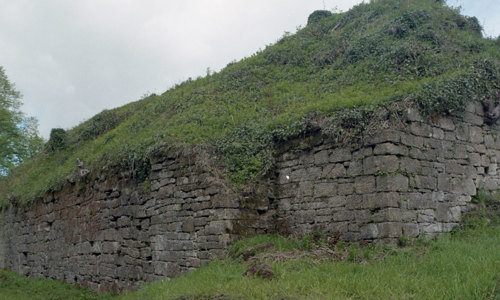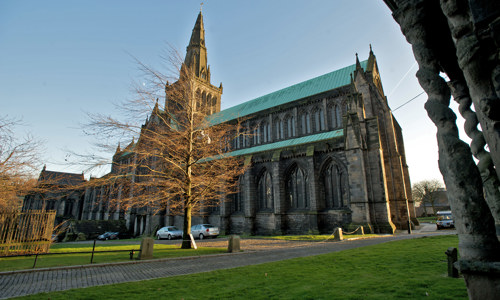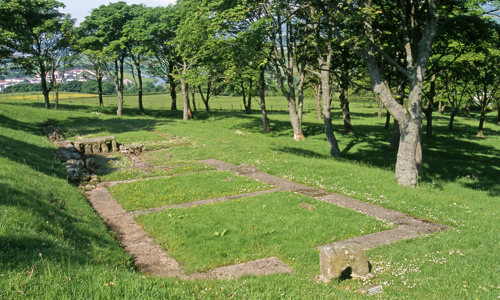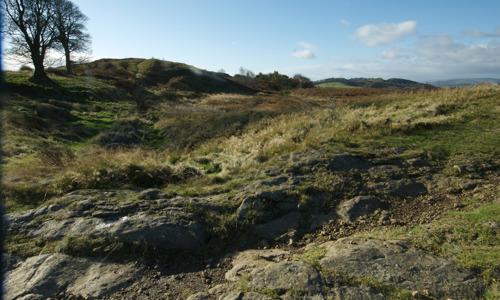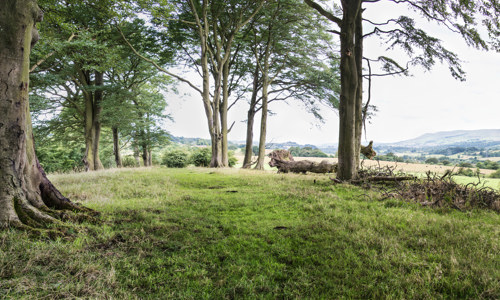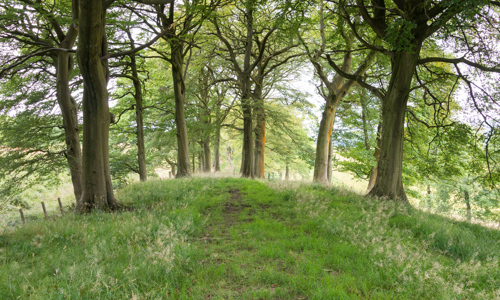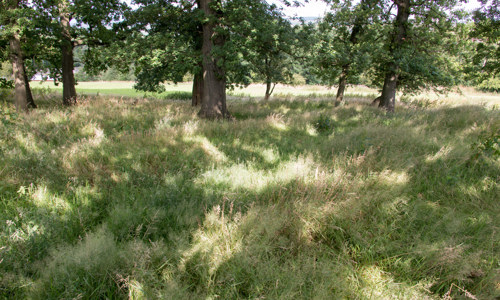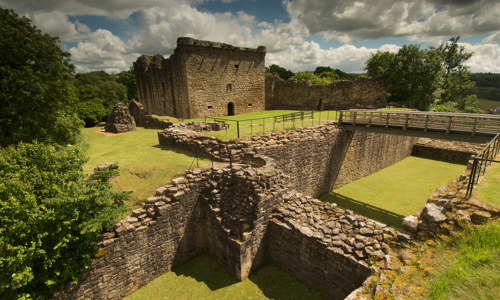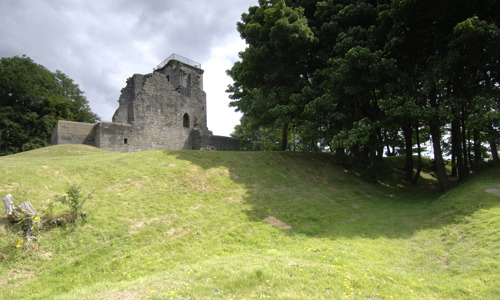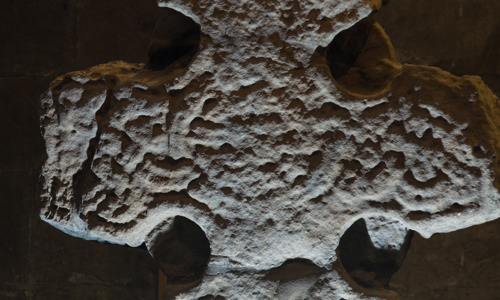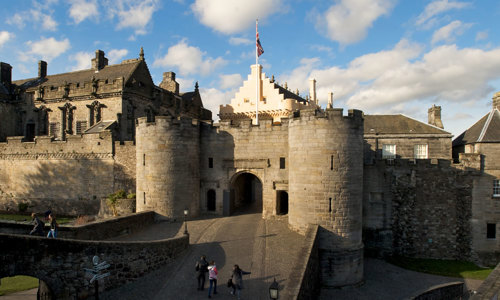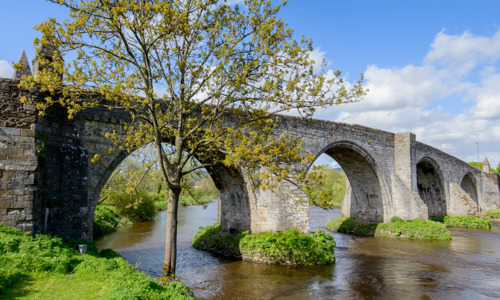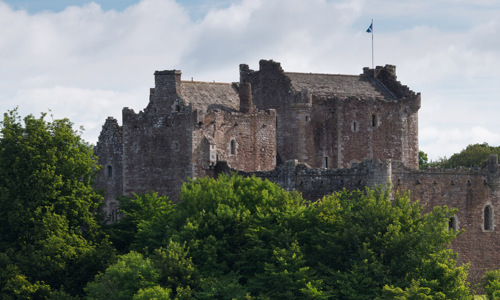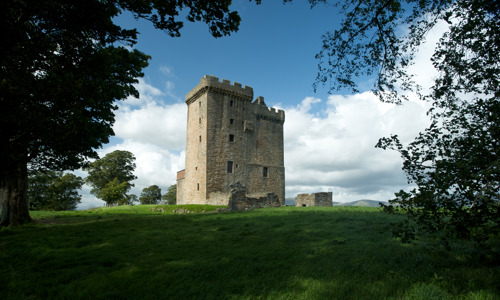History
Bothwell Castle is one of medieval Scotland’s outstanding monuments.
Walter of Moray’s aristocratic family acquired the land on which Bothwell Castle stands in 1242. Either he or his son William – known as ‘the Rich’ – began the mighty castle in a spectacular display of power.
Bothwell suffered several sieges during the Wars of Independence. Most significant was Edward I’s great siege of 1301.
After the wars, Bothwell passed to another powerful noble family – the Black Douglases. They added an impressive array of fine quality architecture in their own show of power.
The Crown seized the castle after the Black Douglases’ downfall in 1455. Bothwell’s history ever since has been relatively uneventful.
Vast Moray stronghold
The Morays built a vast castle of enclosure covering 1.5 acres (0.75 hectares). Most striking is the donjon (main residential tower) – one of the greatest stone buildings of medieval Scotland.
The donjon was 20m in diameter and stood more than 30m tall. Partially destroyed in 1337, it was later rebuilt and remains hugely impressive.
The Moray work also included:
- much of the south curtain wall
- stone foundations to the north of the castle – possibly the base for timber defences
Great siege of 1301
Bothwell endured a major siege in August 1301, when the Wars of Independence were at their height. Edward I of England – ‘Hammer of the Scots’ – brought 6,800 soldiers to the castle.
A huge siege engine called ‘le berefrey’ (‘the belfry’) was hauled from Glasgow. The tall siege tower had ladders inside to allow the attackers to fight their way onto the castle battlements.
The garrison surrendered within the month.
Black Douglas developments
The mighty donjon was partially dismantled after the last recorded siege of 1337. The castle then lay unoccupied until 1362, when Joanna Moray, heiress of Bothwell, married the fearsome Archibald the Grim, who later became the 3rd Earl of Douglas.
Archibald and Joanna rebuilt Bothwell, adding new buildings in keeping with the fashions of the time. The new tower house they added is now gone, but the great hall and chapel still stand. Both are impressive examples of later medieval castle architecture.
Natural history
The exotic sand leek – also known as Spanish garlic – is probably a relic of the castle garden. Introduced from the Continent, it was probably first brought to Britain by the Romans.
The plant may have been grown here for medicinal purposes: it was used in an eye salve in medieval times. It may also have been grown as a vegetable.


